
#ScienceDays2025


#ScienceDays2025
Visit our Mini-Symposium 36 ‚Experience-driven dynamics in cortical inhibition for learning and behavior‘ - Room 6CF, November 19, 2025, 9:30 am at SFN, San Diego.
Our speakers: Lisa Topolnik, Silvia da Silva, Linlin Fan, Attila Losonczy, Amar Sahay, Marlene Bartos.

Visit our Mini-Symposium 36 ‚Experience-driven dynamics in cortical inhibition for learning and behavior‘ - Room 6CF, November 19, 2025, 9:30 am at SFN, San Diego.
Our speakers: Lisa Topolnik, Silvia da Silva, Linlin Fan, Attila Losonczy, Amar Sahay, Marlene Bartos.
Thanks to all the @in-code.bsky.social members who made these days a success! It was intense but worth it!
And huge thanks to @sophiekb.bsky.social that was in charge of making this happen



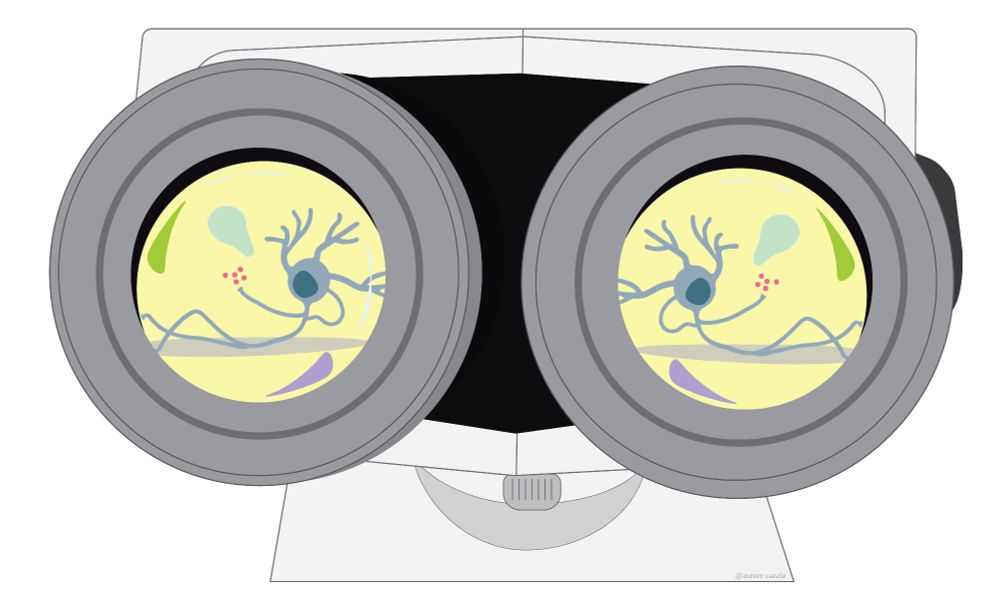
Thanks to all the @in-code.bsky.social members who made these days a success! It was intense but worth it!
And huge thanks to @sophiekb.bsky.social that was in charge of making this happen

HippoMaps: multiscale cartography of the human hippocampus
Open-source tools & data to explore structure and function of the 🍤🧠 (histology, in/ex vivo MRI, iEEG)
Led by @jordandekraker.bsky.social
docs: hippomaps.readthedocs.io
paper: doi.org/10.1038/s415...

HippoMaps: multiscale cartography of the human hippocampus
Open-source tools & data to explore structure and function of the 🍤🧠 (histology, in/ex vivo MRI, iEEG)
Led by @jordandekraker.bsky.social
docs: hippomaps.readthedocs.io
paper: doi.org/10.1038/s415...
If you are recording mPSCs or sPSCs, I hope this helps with analysis. Interpretation of these datasets is not as easy as it seems..!
Happy to discuss if you are interested
physoc.onlinelibrary.wiley.com/doi/10.1113/...

If you are recording mPSCs or sPSCs, I hope this helps with analysis. Interpretation of these datasets is not as easy as it seems..!
Happy to discuss if you are interested
physoc.onlinelibrary.wiley.com/doi/10.1113/...
We thank our speakers Silvia Viana da Silva, Silvana Valtcheva, Marlene Bartos, SeongHee Cho, & Rahel Ehret for sharing knowledge and inspiration



shorturl.at/63yFo

shorturl.at/63yFo
We used closed-loop optogenetics to causally test the importance of inhibitory spike timing in network function and found that manipulating PV+ cell theta phase locking in the dentate gyrus can shift seizure susceptibility (both ways!)



New preprint of work with Christian Machens: www.biorxiv.org/content/10.1...

New preprint of work with Christian Machens: www.biorxiv.org/content/10.1...
www.biorxiv.org/content/10.1...

www.biorxiv.org/content/10.1...
Using wireless Neuropixels we recorded hippocampal activity in freely flying bats and uncovered replay and theta(less) sweeps, revealing striking differences from classic rodent models.
👉 www.nature.com/articles/s41...
Using wireless Neuropixels we recorded hippocampal activity in freely flying bats and uncovered replay and theta(less) sweeps, revealing striking differences from classic rodent models.
👉 www.nature.com/articles/s41...
In @Science.org we show that activity in 🧠 memory circuits (LEC) drifts constantly, but makes sharp jumps at key moments, segmenting life into meaningful events. (1/2)
👉 www.science.org/doi/10.1126/...
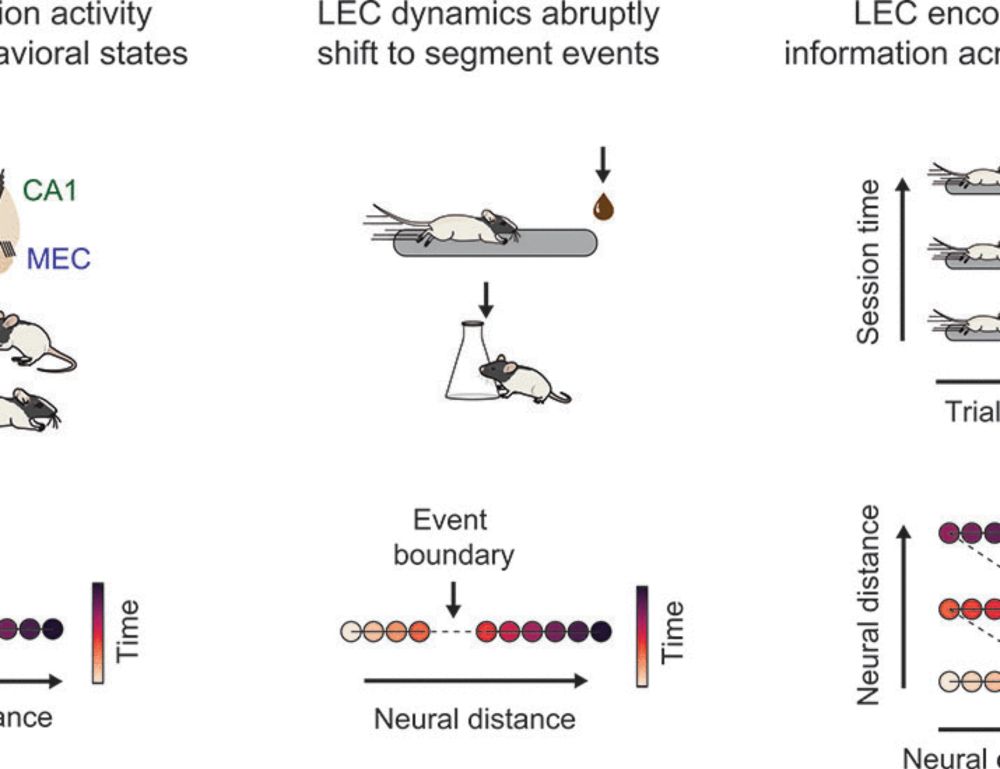
In @Science.org we show that activity in 🧠 memory circuits (LEC) drifts constantly, but makes sharp jumps at key moments, segmenting life into meaningful events. (1/2)
👉 www.science.org/doi/10.1126/...
When a chickadee looks at a distant location, the same place cells activate as if it were actually there 👁️
The hippocampus encodes where the bird is looking, AND what it expects to see next -- enabling spatial reasoning from afar
bit.ly/3HvWSum
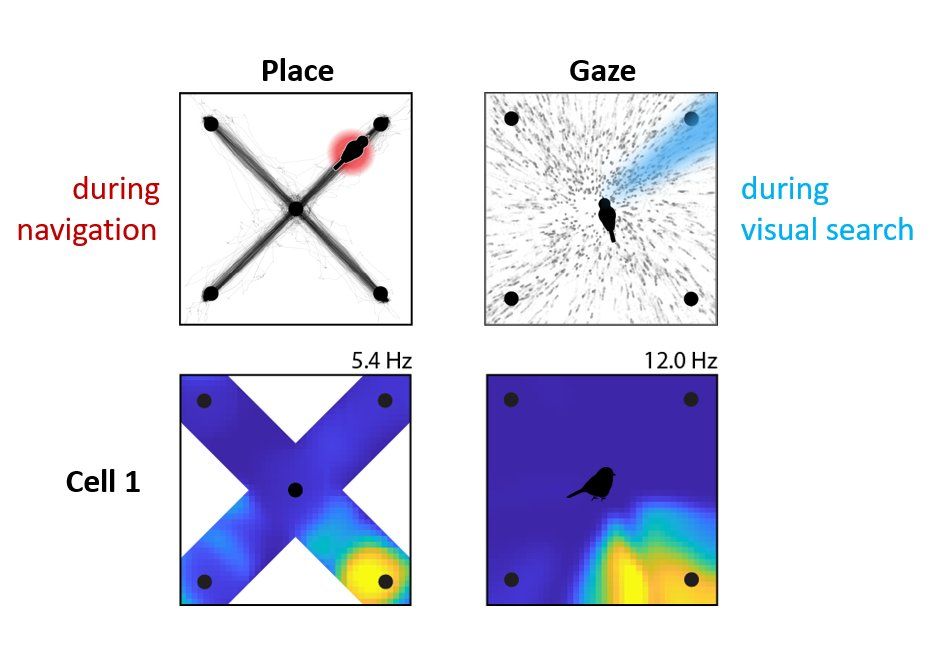
When a chickadee looks at a distant location, the same place cells activate as if it were actually there 👁️
The hippocampus encodes where the bird is looking, AND what it expects to see next -- enabling spatial reasoning from afar
bit.ly/3HvWSum
www.nature.com/articles/s41...
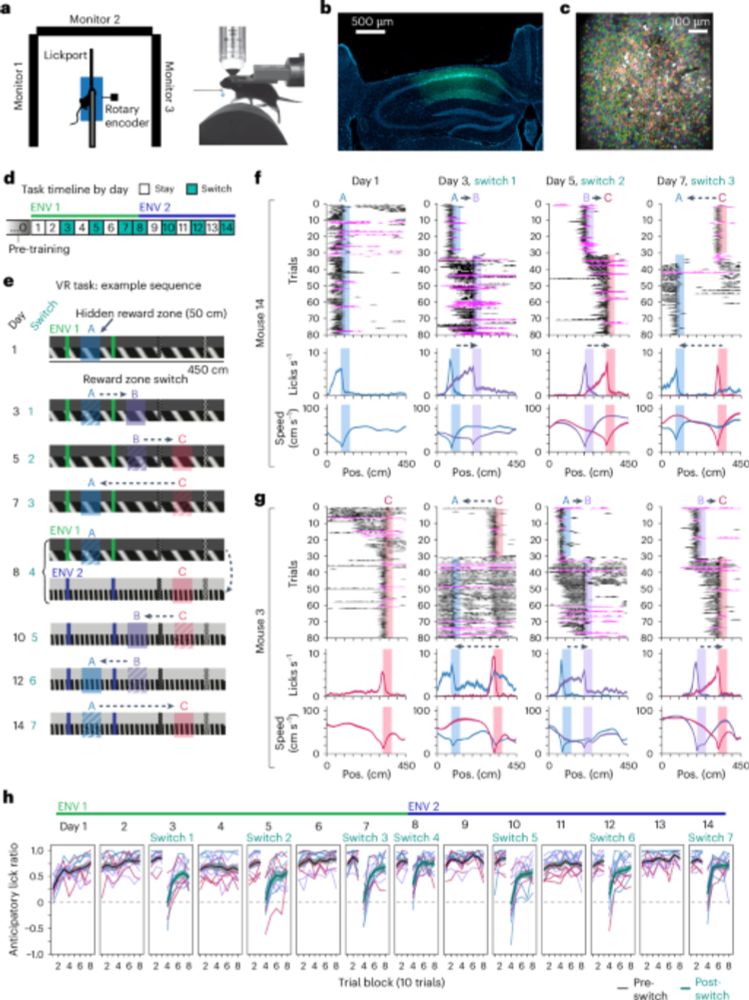
www.nature.com/articles/s41...
You cannot predict where advancements come from, so you have to invest in science and scientists.
Targeted (corporate) science investment will never do this.
www.richmondscientific.com/how-a-discov...
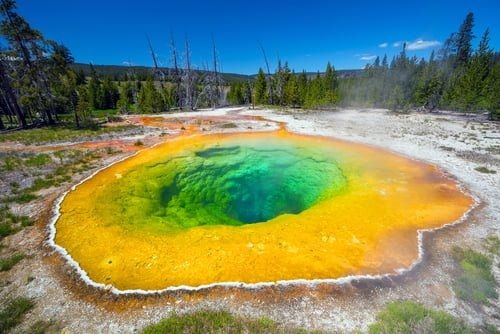
You cannot predict where advancements come from, so you have to invest in science and scientists.
Targeted (corporate) science investment will never do this.
With Demi Brizee & David Dupret, we track how oscillations and spiking behaviour map onto hippocampal layers using an LFP-based embedding.
(1/13)
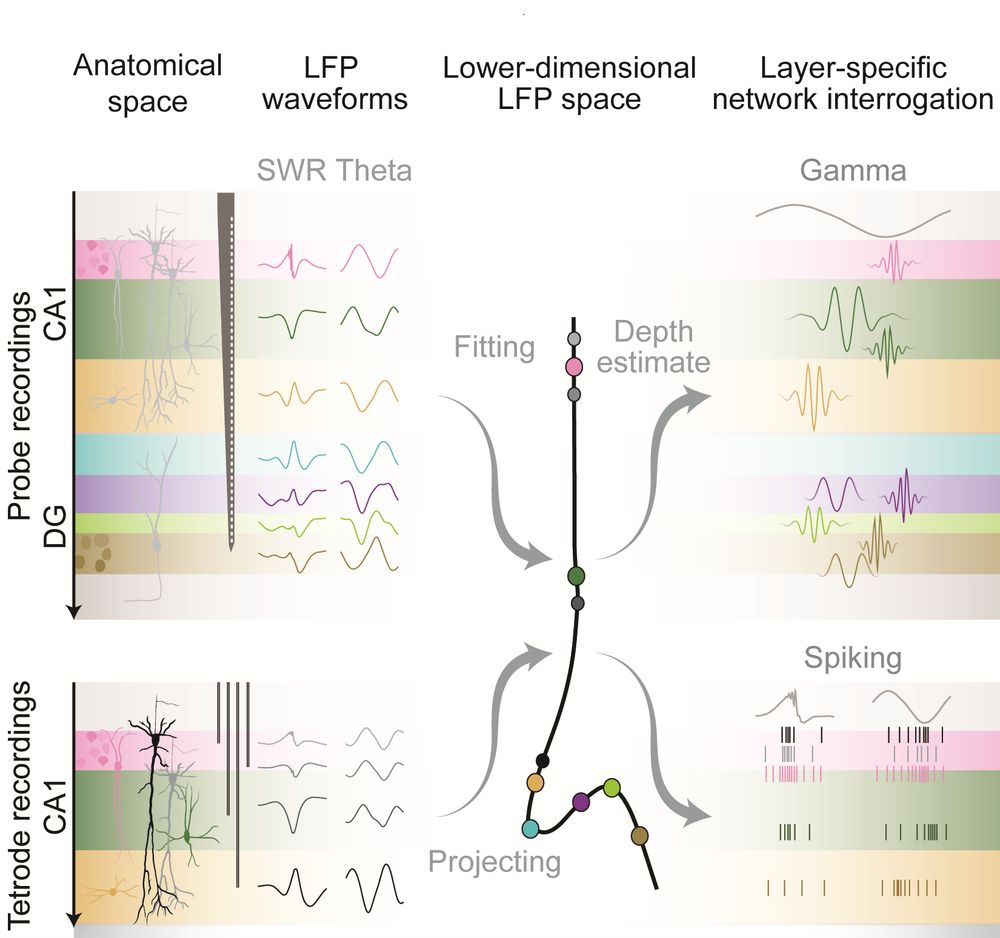
With Demi Brizee & David Dupret, we track how oscillations and spiking behaviour map onto hippocampal layers using an LFP-based embedding.
(1/13)
From the next application rounds, expect changes to the:
• proposal structure
• evaluation process
• extra funding you can request
• eligibility for Starting & Consolidator #Grants (from 2027)
More 👇 europa.eu/!RPHWvv



